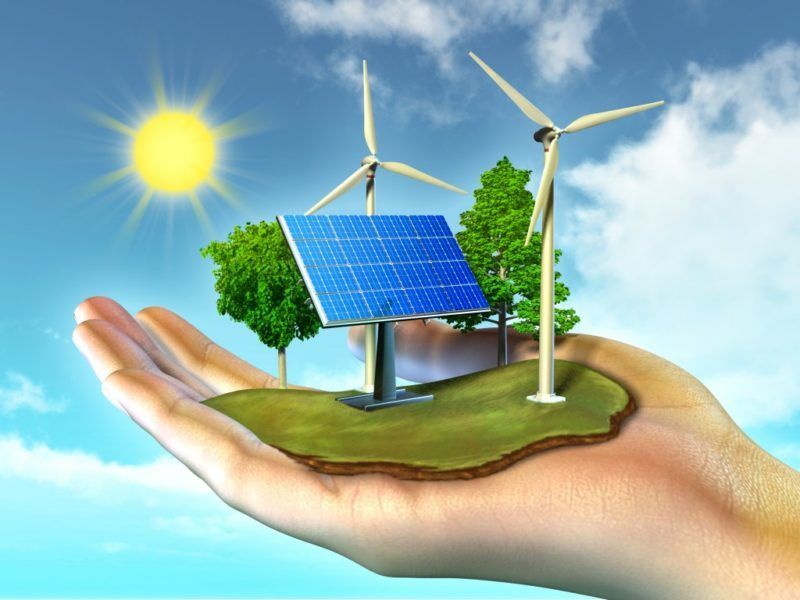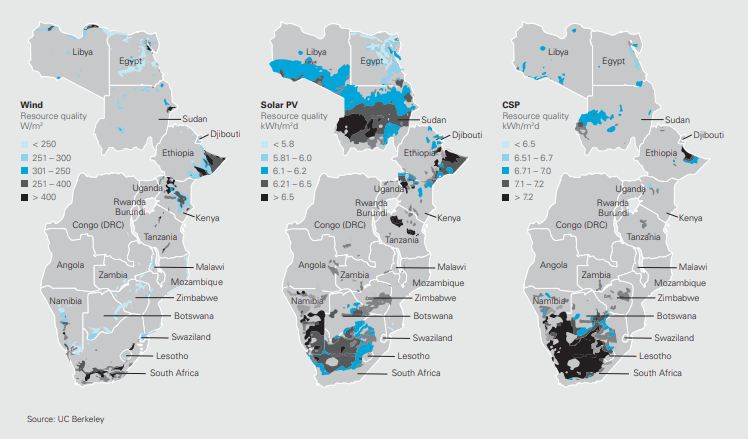Growing Green Energy Adoption is Placing Gas and Petroleum on Borrowed Time

Africa’s renewable energy mix has shifted away from conventional hydropower and thermal facilities to renewable alternatives in an effort to hasten energy supply and promote sustainable economic growth. Strong growth, low emissions, and environmentally friendly development might all be supported by integrating and developing an energy mix that relies heavily on green energy. However, fossil fuels and biomass make up almost all of Africa’s present energy mix.
Researchers examine how scientific advancements in renewable energy technology, its declining costs, and the geography of the continent can help renewable energy become a prominent, competitive, and cost-effective source of electricity in Africa in a recent article from the quarterly publication Finance and Development of the International Monetary Fund. In fact, even though there are more people with access to power in sub-Saharan Africa, demand for energy is predicted to rise by 3% yearly as the region’s population was projected to double from 1 billion in 2018 to over 2 billion in 2050.
Although the cost of wind and solar energy has decreased, Africa still lags behind much of the rest of the globe in the adoption of renewable energy: In 2018, Africa generated 3 percent of its electricity from solar and wind combined, compared to 7% in other parts of the world.
The biggest obstacle to financing renewable energy in Africa is now energy storage technology because it has reduced supply fluctuation problems with renewable energy and increased its reliability. But Africa is rising to the occasion. More and more green and renewable energy financing sources are springing up and the recognition is expanding.
Operating on a Borrowed Time
The International Renewable Energy Agency (IRENA) estimated that with the right policies, regulation, governance and access to financial markets, sub-Saharan Africa could meet up to 67% of its energy needs by 2030. With the right policies in place and investments secured, nearly a quarter of those energy needs could be met through indigenous, clean, renewable energy.
The private sector is currently the driving force behind much of the renewable energy projects in Africa. However, regulatory regimes and “ease of doing business” has continued its significant part in the transition to green energy. As an example, there is the Cape Town green energy plan, NedBank’s $3b green energy loan, Zimbabwe’s renewable energy funding from Africa50 and others.

Africa has many chances to use renewable energy sources. The distribution of energy generation resources in Eastern and Southern Africa is not uniform, according to a University of California, Berkeley study that pinpoints their locations and energy potential. Some of Africa’s oil and gas-richest countries are spearheading the transition to renewable energy in an effort to diversify their economies and lessen their reliance on oil.
A few African nations have already adopted smaller, micro-hydro projects as well as other regional and local renewable energy generation initiatives, including those utilizing wind, sun, and geothermal energy. They are the current power options that could gain prominence in future power generation, bringing green energy to Africa.
Perceived Constraints to Green Energy Adoption in Africa
One of the problems that Africa has is a lack of access to electricity. There are difficulties involved in switching from energy produced using fossil fuels to energy produced using renewable resources. Since renewable energy is more expensive up front, more capital investment is required. In order to reduce the high upfront costs, it is practical for the private sector to be able to find the investment funds required for renewable energy infrastructure projects.
The key to advancing these projects is to pay more attention to promoting investment prospects in African renewable energy.
Regulatory frameworks are a key tool for growing Africa’s renewable energy industry. By enhancing their regulatory and political frameworks, fostering a secure environment for funding institutions and investors to undertake projects, and long-term environmental sustainability, African governments must also continue to strengthen their capacity to attract financing for these vital projects.
Currently, the region’s primary energy sources—coal, oil, and conventional biomass (wood, charcoal, and dry dung)—are linked to serious environmental and health harm. Green energy offers investors not only a sizable investment portion but also a chance to contribute a workable solution to Africa’s environmental problems.
